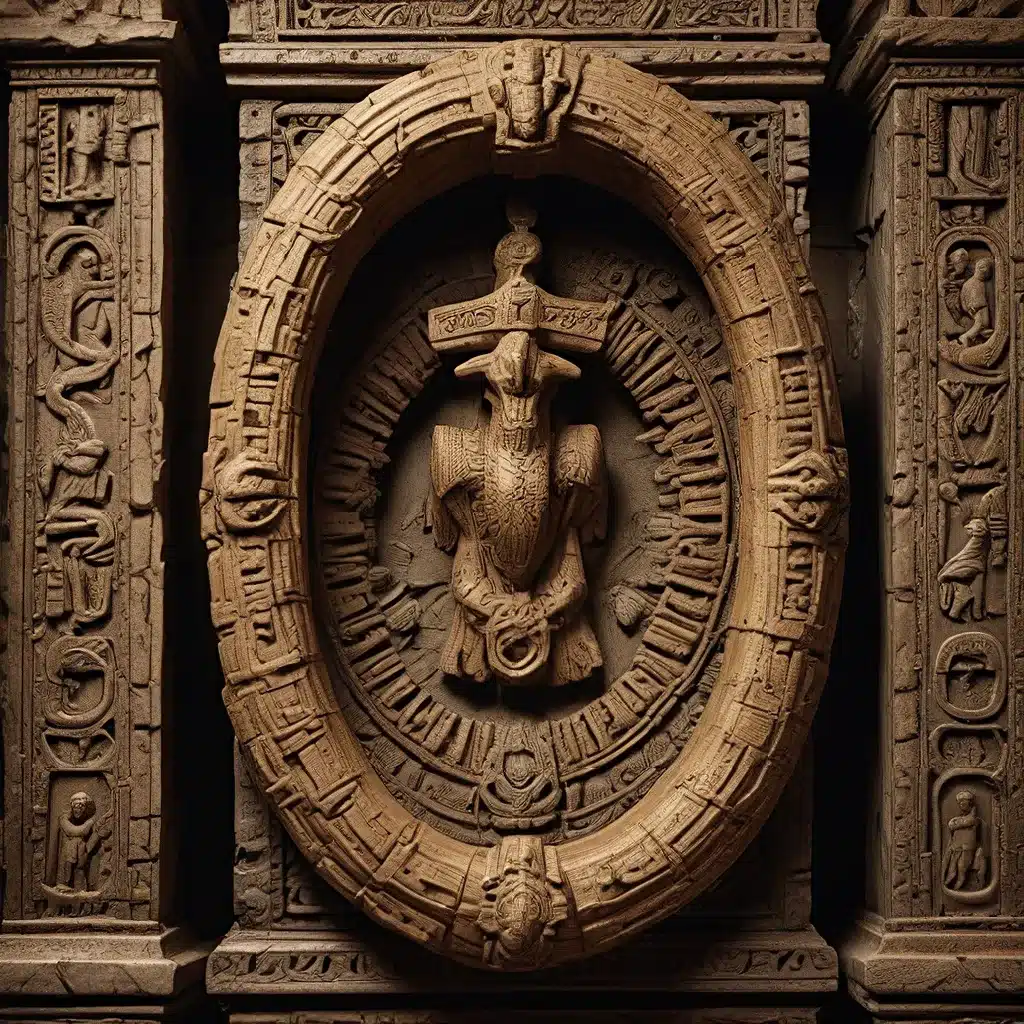
The Golden Age of Neoclassicism: Rediscovering the Grandeur of the Past
The 18th century witnessed a remarkable renaissance in the arts and architecture, marked by a fervent Neoclassical movement. Inspired by the rediscoveries of ancient Greek and Roman sites like Pompeii and Herculaneum, artists and architects sought to emulate the idealized works of the classical world. This pursuit of the “new classics of the highest rank” led to a revival of scientific accuracy, historical study, and a reverence for the aesthetic principles of antiquity.
Neoclassicism arose as a direct response to the preceding Rococo style, which was perceived as frivolous and lacking in the gravitas of the classical tradition. Artists like Benjamin West challenged the academic norms, depicting contemporary scenes in a manner that captured the drama and emotional resonance of historical events. West’s acclaimed work, “The Death of General Wolfe,” exemplified this innovative approach, rejecting the traditional call for classical garb in favor of a more naturalistic rendering.
Sculpting the Ideals of Neoclassicism
In the realm of sculpture, Antonio Canova emerged as a leading exponent of the Neoclassical aesthetic. His captivating work, “Cupid and Psyche,” drew inspiration from the mythological tale of Cupid and Psyche, as told in Apuleius’ “The Golden Ass.” Canova’s meticulous attention to detail and his mastery of sculpting techniques, such as the use of precise measurements and life casts, imbued his work with a sense of heroic and innocent love that transcended the boundaries of time.
Alongside Canova, the French sculptor Jean-Antoine Houdon made significant contributions to the Neoclassical movement. His bust of the renowned philosopher Voltaire exemplified his commitment to scientific accuracy and realism, capturing the subject’s shrewd intelligence and the nuances of his facial features. Houdon’s innovative techniques, including his method for sculpting eyes, lent a vivacity and mobility of expression to his portrait works, which became highly influential in the Neoclassical era.
The Dramatic Narratives of Neoclassical Painting
In the realm of painting, Jacques-Louis David emerged as a central figure, spearheading the Neoclassical movement in France. His monumental work, “The Oath of the Horatii,” encapsulated the ideals of patriotism, masculine self-sacrifice, and the importance of duty to one’s country. The painting’s stark, minimalist setting and the dramatic gestures of the figures reinforced the sense of somber resolve and the triumphs of the collective over the individual.
David’s work not only reflected the prevailing Neoclassical aesthetic but also presaged the themes and social upheaval of the impending French Revolution. His paintings, such as “The Oath of the Horatii,” became cornerstones of Neoclassicism, influencing subsequent generations of artists and serving as visual embodiments of the revolutionary ideals.
Neoclassicism and the Enlightenment: A Harmonious Union
The rise of Neoclassicism was inextricably linked to the Enlightenment, a philosophical and intellectual movement that emphasized reason, science, and the quest for universal knowledge. This synergy between Neoclassicism and the Enlightenment was evident in the works of artists like Angelica Kauffman, who championed the exemplum virtutis or model of virtue in her paintings, highlighting the role of women in classical heroism and idealism.
Kauffman’s work, such as “Cornelia Presenting Her Children as Her Treasures,” exemplified the Neoclassical celebration of motherhood and the virtues inherent in the domestic sphere. By subverting the dominant conventions of the history genre, Kauffman’s paintings played a significant role in reshaping 18th-century European attitudes towards creativity, selfhood, and gender identity.
The Architectural Grandeur of Neoclassicism
The influence of Neoclassicism extended beyond the realms of painting and sculpture, permeating the realm of architecture as well. The Panthéon in Paris, designed by Jacques-Germain Soufflot and Jean-Baptiste Rondelet, embodied the orderly grandeur and classical influences that defined the Neoclassical aesthetic. Drawing inspiration from the Renaissance architect Bramante and the Greek and Roman architectural traditions, the Panthéon’s monumental façade and dome became a symbol of national pride and identity, inspiring the adoption of Neoclassical styles in official buildings across Europe and the United States.
The principles of Neoclassicism also found expression in the work of Thomas Jefferson, whose renowned plantation home, Monticello, exemplified the harmonious blend of classical and Palladian influences. Jefferson’s innovative architectural designs, incorporating unique features like the octagonal dome and curved brickwork, set a new standard for country estates and residences, becoming an enduring symbol of American architectural heritage.
The Legacy of Neoclassicism: Enduring Influence and Ongoing Discoveries
The impact of Neoclassicism continued to reverberate long after the movement’s heyday. The works of Jean-Auguste-Dominique Ingres, who studied under the tutelage of Jacques-Louis David, exemplified the Neoclassical aesthetic while also foreshadowing the Romantic movement that would soon emerge. Ingres’ “Achilles Receiving the Ambassadors of Agamemnon” showcased his mastery of the classical nude and his ability to infuse psychological drama into his compositions.
As the 19th century progressed, Neoclassicism’s influence waned, with Romantic and other modern art movements challenging its core tenets. However, the legacy of Neoclassicism endured, shaping the artistic sensibilities of subsequent generations. Cindy Sherman’s “History Portraits” series, for example, reappropriated and reimagined famous Neoclassical works, underscoring the continued relevance and cultural significance of this artistic movement.
The Lost Kingdoms website serves as a hub for enthusiasts and scholars alike, delving into the captivating world of ancient civilizations, archaeological discoveries, and the enduring impact of historical art movements like Neoclassicism. Through in-depth articles, expert analysis, and immersive storytelling, the site offers a gateway to the rich tapestry of our shared cultural heritage, inviting readers to embark on a journey of discovery and appreciation for the treasures of the past.
As the world continues to uncover the secrets and wonders of ancient civilizations, the legacy of Neoclassicism stands as a testament to the enduring human desire to connect with the grandeur of the past. Through the preservation and restoration of archeological treasures, the revitalization of traditional crafts, and the ongoing exploration of historical narratives, the spirit of Neoclassicism lives on, inspiring new generations to cherish and celebrate the timeless beauty of our shared cultural legacy.


